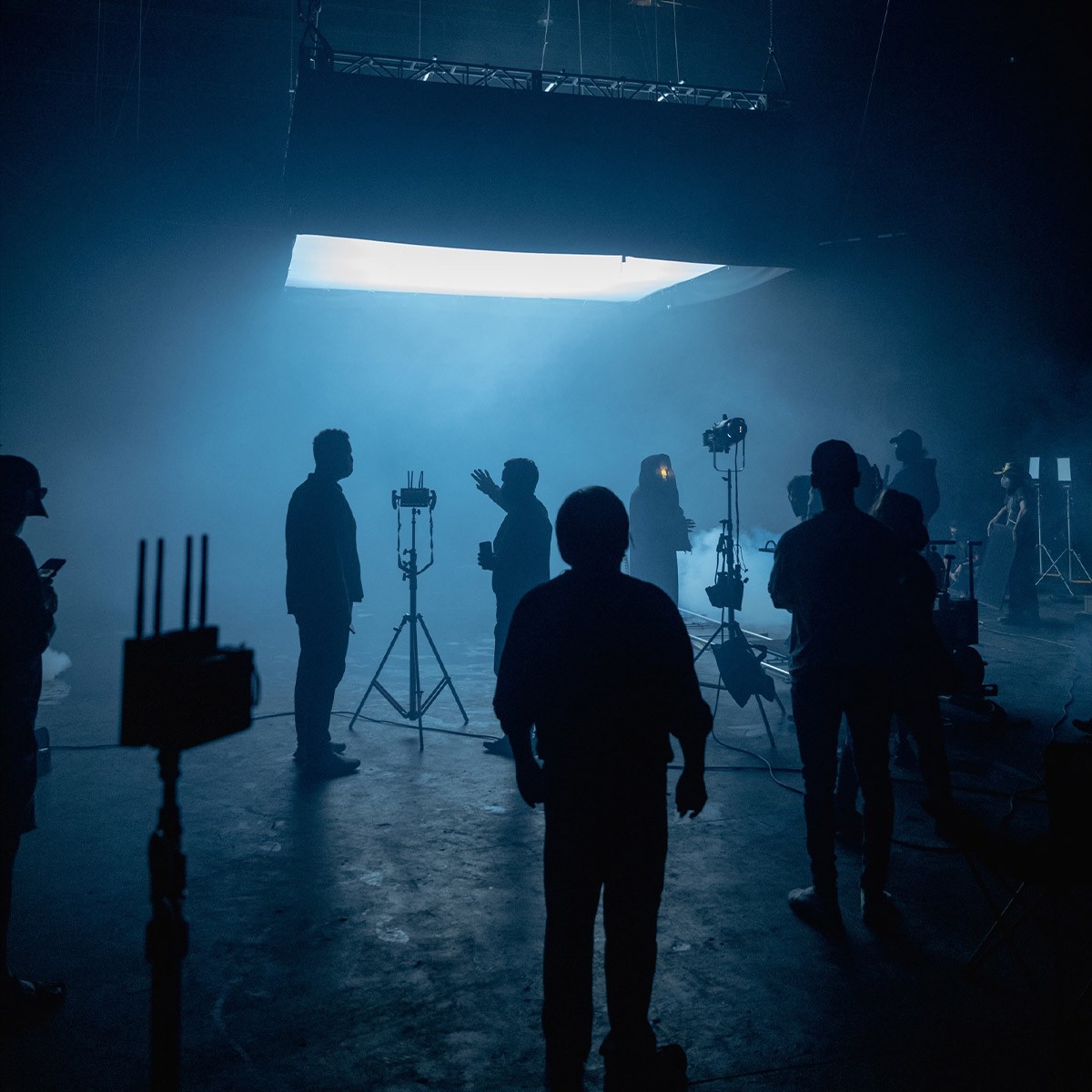Choreography
Film Crew Position: Additional Choreographer

What does a Additional Choreographer do?
An Additional Choreographer operates within the Choreography Department of a film production, providing supplementary dance and movement guidance alongside the lead choreographer. This position often becomes crucial in projects that include complex dance sequences or when the primary choreographer needs support to handle the extensive workload. Additional Choreographers help to maintain the quality and consistency of the performance while ensuring that the vision of the main choreographer is accurately translated and executed by the performers.
What role does a Additional Choreographer play?
The role of an Additional Choreographer includes assisting in the creation and teaching of routines, offering creative input, and ensuring that all dance sequences are rehearsed thoroughly. They may work with secondary groups of dancers or actors, contribute to fine-tuning choreography, oversee rehearsals, and sometimes step in for the lead choreographer in their absence. They must collaborate effectively with the director, lead choreographer, and performers, often taking on responsibilities that ensure the smooth execution of the choreographed elements within the film's production schedule.
Do you need to go to college to be a Additional Choreographer?
While a college degree is not strictly necessary to become an Additional Choreographer, a background in dance, performing arts, or a related field can be extremely beneficial. Many choreographers have formal training from dance conservatories, universities, or attend specialized workshops. However, in the film industry, practical experience, a strong portfolio, and proven expertise in various dance styles are often more important. A deep understanding of movement, rhythm, and performance, gained through years of practice and work in dance or choreography, is essential.
What skills do you need to be a Additional Choreographer?
A successful Additional Choreographer should possess a range of skills that include, but are not limited to, extensive knowledge of various dance techniques and styles, the ability to interpret and implement the creative vision of the lead choreographer, and excellent communication and teaching abilities. They should be creative, adaptable, and able to work effectively under pressure. Organizational skills, time management, and the ability to collaborate with a diverse team of artists and technicians are also crucial. Physical fitness and a deep understanding of body mechanics help in demonstrating and adjusting choreography as needed.
New to filmmaking?
Get Free Template
Use our budget template to get a kick start on your film project. Get access to dozens of templates no matter what type of project!
